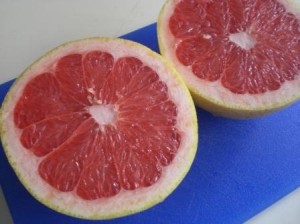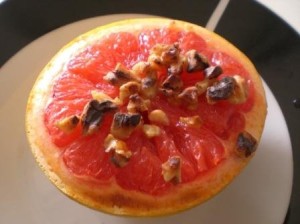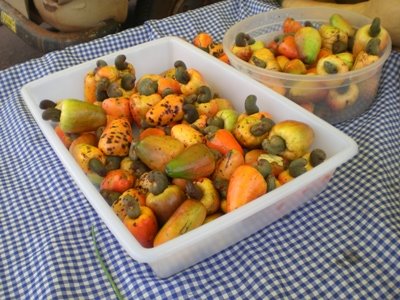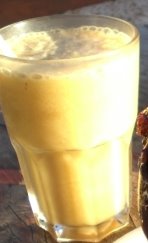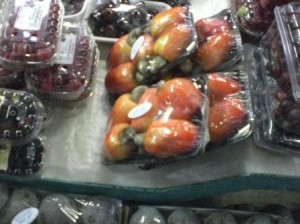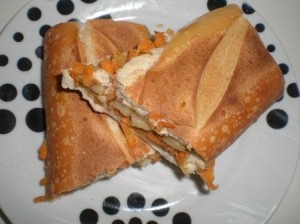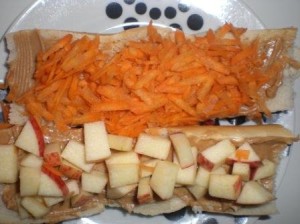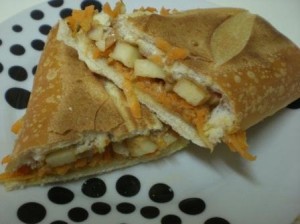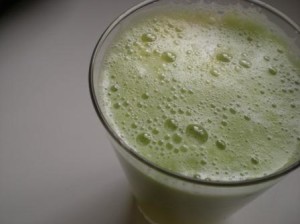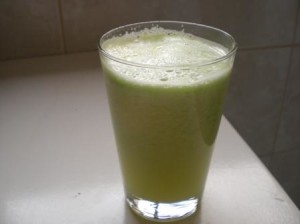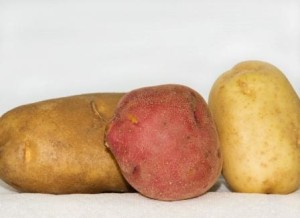
I’ve been spending part of my week researching sugars and supposedly natural sweeteners. What I have determined is – I have a headache!
I’ve become more interested in sugar lately because 1) We now live in Brazil where the sugarcane industry is huge. 2) I notice a lot of people switching from this sweetener to that one in an effort to be more ______________ .(Fill in the blank with your choice of words: healthy, green, natural, fake food free, etc.)
I use refined white sugar in moderation. Yes, I do know that this is a processed food, has addictive properties, and on, and on. I’ve read it all. I use a lot less of it currently, but still use the traditional recipes that have been in my family since my great grandmother and they call for sugar.
I’ve been questioning agave nectar for a while which lead me to look at other sugars which has led me to the conclusion – raw honey and pure maple syrup probably reign supreme for being the most natural sweeteners. When it comes to all the others, one is just about as bad as the other, for one reason or another.
What started my search: Agave
As most of you probably already know agave comes from the core of the agave plant in Mexico. The short story is the juice is extracted, filtered, heated and hydrolyzed (a chemical process to break bonds) to break down its naturally long fructose chains. So it is basically a processed sweetener and the result is 90% fructose. As most of the information I read states, HFCS gives is about 55% fructose.
Why can fructose be a problem?
As long as you eat fruit you consume fructose. The main reason commercial products containing fructose are a problem is the massive amount (like most things in our society) we are consuming versus the amount we would typically consume from fruit.
Fructose, unlike other sugars, is absorbed and metabolized directly by the liver. It’s possible this overabundance can lead to problems with insulin sensitivity and obesity. Some evidence of it contributing to a fatty liver has been suggested as well.
So what’s the conclusion?
Heck if I know! Just kidding.
The truth is I’m on a journey just like you – to continue cleaning up my diet and separate myself from this society that seems to be tricking us into believing what is healthy and what is not. My nutrition background helps me to understand how things are processed in our bodies and how things are processed commercially, but that doesn’t mean I have all, or any, answers to the sweetener debate. Well, except for the fact that I’m not in favor of artificial sweeteners at all.
My personal consensus is that I’m not going to switch to something like Agave nectar as my sweetener because I don’t think it is any better than white sugar. I plan to incorporate more raw honey and maple syrup (If I can afford it. U$ 13 for a tiny can at my grocery store in the States.). I’ll continue to use white sugar in some of my baking. At the same time I will be trying to reduce my needs for sweets/sugars all together.
If you’re interested, here is a list of some of my reading along the way. Some of it honest, some of it fact and some of it swayed by industry. I think it is important to check out all sides and decide the best approach for you, keeping common sense in mind.


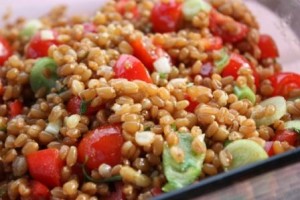
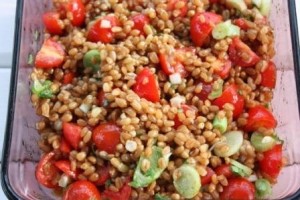


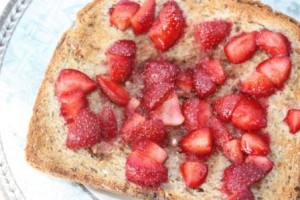


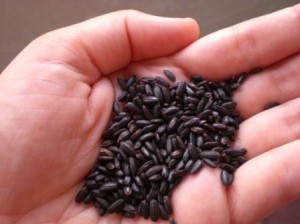
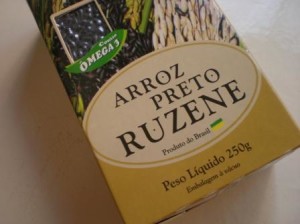
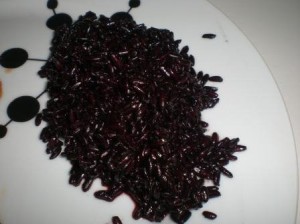
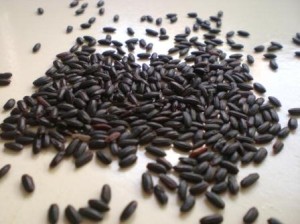
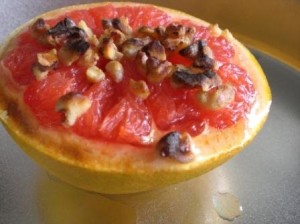 While many people begin to pucker their lips at the thought of grapefruit, I am one who is fond of this sour, citrus fruit. I can remember eating it when I was younger. Topping it with sugar or artificial sweetener was simply a part of the process. However, as an adult I’ve grown to like the tart, bitter flavor. I still like a bit of sweet with my sour, but much less than before.
While many people begin to pucker their lips at the thought of grapefruit, I am one who is fond of this sour, citrus fruit. I can remember eating it when I was younger. Topping it with sugar or artificial sweetener was simply a part of the process. However, as an adult I’ve grown to like the tart, bitter flavor. I still like a bit of sweet with my sour, but much less than before.